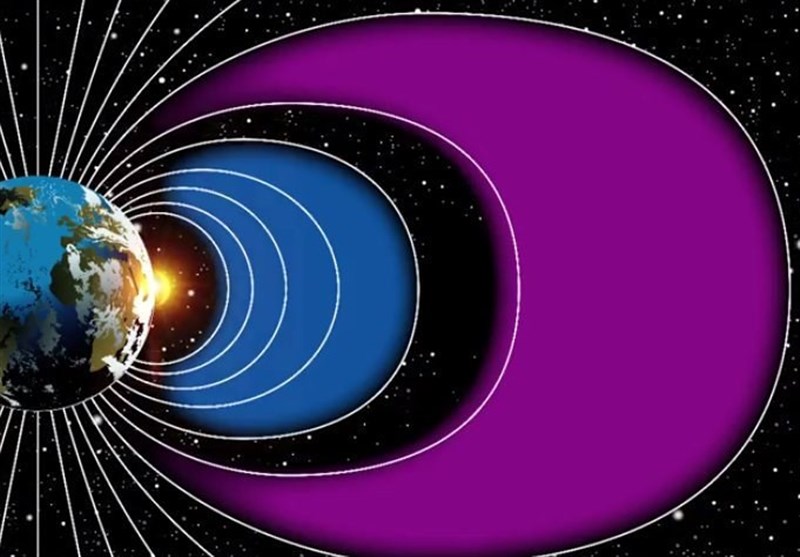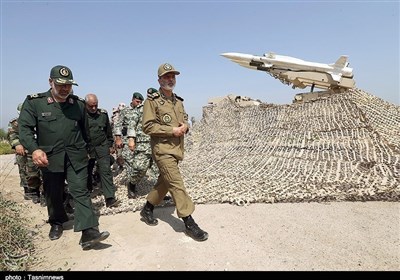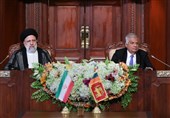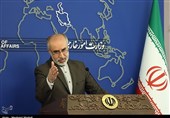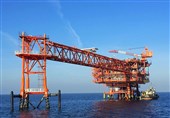Space Weather Events Linked to Human Activity
TEHRAN (Tasnim) - Human activities, like nuclear tests and radio transmissions have been changing near-Earth space and weather, and have created artificial radiation belts, damaged satellites and induced auroras.
Our Cold War history is now offering scientists a chance to better understand the complex space system that surrounds us. Space weather -- which can include changes in Earth's magnetic environment -- are usually triggered by the sun's activity, but recently declassified data on high-altitude nuclear explosion tests have provided a new look at the mechansisms that set off perturbations in that magnetic system. Such information can help support NASA's efforts to protect satellites and astronauts from the natural radiation inherent in space.
From 1958 to 1962, the US and USSR ran high-altitude tests with exotic code names like Starfish, Argus and Teak. The tests have long since ended, and the goals at the time were military. Today, however, they can provide crucial information on how humans can affect space. The tests, and other human-induced space weather, are the focus of a comprehensive new study published in Space Science Reviews.
"The tests were a human-generated and extreme example of some of the space weather effects frequently caused by the sun," said Phil Erickson, assistant director at MIT's Haystack Observatory, Westford, Massachusetts, and co-author on the paper. "If we understand what happened in the somewhat controlled and extreme event that was caused by one of these human-made events, we can more easily understand the natural variation in the near-space environment."
By and large, space weather -- which affects the region of near-Earth space where astronauts and satellites travel -- is typically driven by external factors. The sun sends out millions of high-energy particles, the solar wind, which races out across the solar system before encountering Earth and its magnetosphere, a protective magnetic field surrounding the planet. Most of the charged particles are deflected, but some make their way into near-Earth space and can impact our satellites by damaging onboard electronics and disrupting communications or navigation signals. These particles, along with electromagnetic energy that accompanies them, can also cause auroras, while changes in the magnetic field can induce currents that damage power grids.
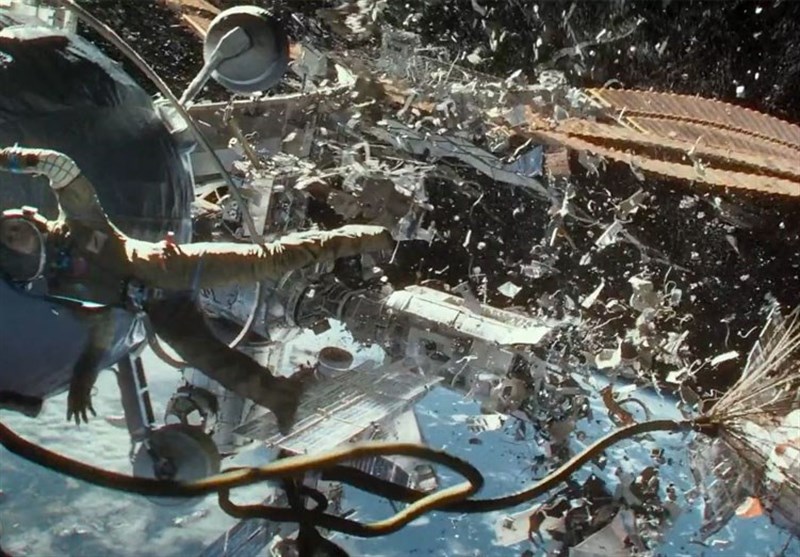
The Cold War tests, which detonated explosives at heights from 16 to 250 miles above the surface, mimicked some of these natural effects. Upon detonation, a first blast wave expelled an expanding fireball of plasma, a hot gas of electrically charged particles. This created a geomagnetic disturbance, which distorted Earth's magnetic field lines and induced an electric field on the surface.
Some of the tests even created artificial radiation belts, akin to the natural Van Allen radiation belts, a layer of charged particles held in place by Earth's magnetic fields. The artificially trapped charged particles remained in significant numbers for weeks, and in one case, years. These particles, natural and artificial, can affect electronics on high-flying satellites -- in fact some failed as a result of the tests.
Atmospheric nuclear testing has long since stopped, and the present space environment remains dominated by natural phenomena. However, considering such historical events allows scientists and engineers to understand the effects of space weather on our infrastructure and technical systems.
